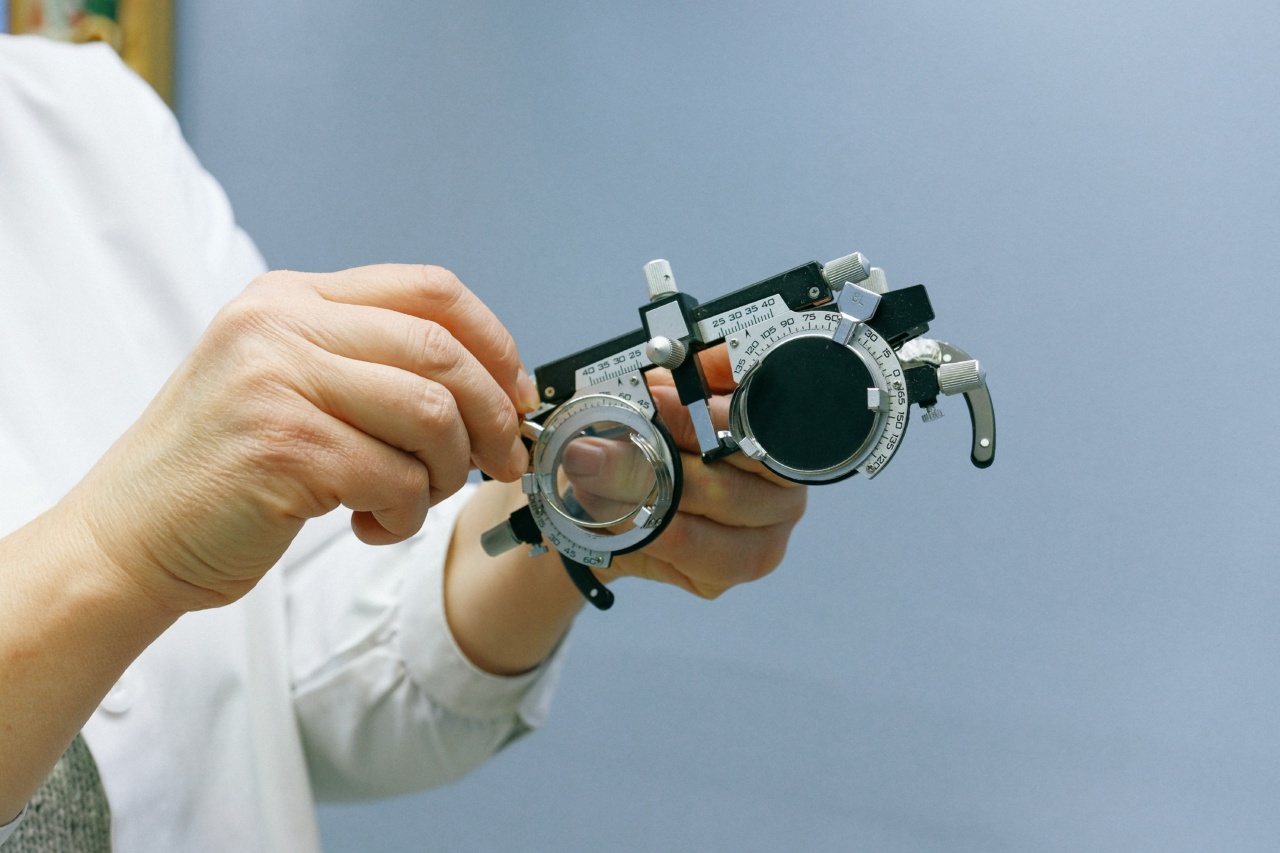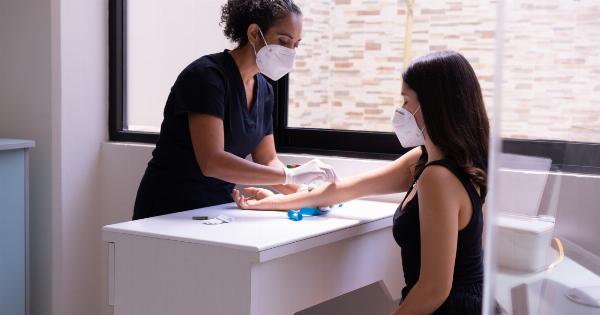An HPV-DNA test is a diagnostic tool used to detect the presence of human papillomavirus (HPV) in the body.
HPV is a common sexually transmitted infection that can lead to various health issues, including genital warts and certain types of cancer, such as cervical, anal, vaginal, and throat cancer.
How Does an HPV-DNA Test Work?
The HPV-DNA test involves collecting cells from the cervix or other areas affected by the virus and analyzing them in a laboratory.
The test detects the presence of the genetic material of high-risk HPV types, known to cause cancer, by using molecular techniques like polymerase chain reaction (PCR).
Who Should Consider Taking an HPV-DNA Test?
1. Women over the age of 30: The risk of developing cervical cancer increases as women get older. Hence, women over the age of 30 may opt for HPV-DNA testing along with their regular Pap smear.
2. Abnormal Pap smear results: If your Pap smear results show abnormal changes in cervical cells, an HPV-DNA test can provide further information about the presence of high-risk HPV strains.
3. Monitoring after treatment: Following treatment for cervical dysplasia or cancer, routine HPV-DNA testing may be recommended to monitor for recurrence.
4. Assessing persistent HPV infection: HPV infections usually clear on their own within two years. However, if you have a persistent infection, HPV-DNA testing can help assess the risk of developing complications such as cancer.
5.
Assessing the need for vaccination: If you are a woman aged 30 or above and considering getting vaccinated against HPV, an HPV-DNA test can help determine if you have already been exposed to the virus, thereby influencing the necessity and timing of vaccination.
What are the Benefits of an HPV-DNA Test?
1. Enhanced detection of high-risk HPV types: While Pap smears can detect abnormal cervical cells, they cannot identify the specific HPV types responsible for the abnormalities.
HPV-DNA tests can identify the presence of high-risk HPV strains more accurately.
2. Early detection of cervical cancer: HPV-DNA testing can help identify women at a higher risk of developing cervical cancer. Early detection increases the chances of successful treatment and reduces the risk of complications.
3. Reduced frequency of screening: If an HPV-DNA test combined with a Pap smear shows negative results, women may be able to extend the time between screenings, reducing the frequency of invasive procedures.
4. Peace of mind: Knowing your HPV status can provide peace of mind. If the test shows negative results, it can alleviate anxiety related to HPV infection and the risk of developing associated health issues.
How Often Should You Take an HPV-DNA Test?
The recommended frequency of HPV-DNA testing depends on various factors, including age, prior test results, personal history, and healthcare provider’s recommendations. Generally, the guidelines are as follows:.
1. Women aged 30-65: These women should undergo co-testing with an HPV-DNA test and a Pap smear every five years. If an HPV-DNA test alone is chosen instead of co-testing, it should be done every three years.
2. Women under 30: For women under the age of 30, routine HPV-DNA testing is not recommended in most cases. Instead, regular Pap smears every three years are sufficient.
3. Women above 65: After the age of 65, most women with a history of regular cervical cancer screening can stop screening altogether.
However, women with a history of significant abnormal cervical cells or cervical cancer should continue regular screening as recommended by their doctors.
How to Prepare for an HPV-DNA Test?
Preparing for an HPV-DNA test is relatively simple. Here are a few things to keep in mind:.
1. Schedule the test accordingly: Ideally, schedule the test when you are not menstruating, as it can affect the accuracy of the results.
2. Avoid intercourse or douching: Refrain from sexual intercourse and using vaginal medications or douches for at least two days before the test, as they may affect the results.
3. Share relevant medical history: Inform your healthcare provider about any relevant medical history, ongoing treatments, or medications you are taking, as they may influence the interpretation of the test results.
Are There Any Limitations of the HPV-DNA Test?
1. False-positive results: It is possible to receive a positive HPV-DNA test result when you don’t have an active infection. False-positive results can cause unnecessary anxiety and lead to additional procedures or treatments.
2. Limited insight into specific HPV strains: While HPV-DNA tests can detect high-risk HPV types, they do not provide information about particular strains.
This can limit the ability to assess the precise risk of complications and guide treatment decisions.
3. Lack of information about location or severity: HPV-DNA testing cannot determine where the infection is located or the severity of the infection. Additional tests and examinations may be necessary to gather this information.
Conclusion
Getting tested for HPV using an HPV-DNA test is essential for individuals particularly at risk of developing HPV-related complications.
It offers improved detection of high-risk HPV types, helps with early detection of cervical cancer, and can provide peace of mind. However, it is crucial to follow the recommended guidelines for testing frequency and understand the limitations of the test.
Consulting with a healthcare provider can help determine whether an HPV-DNA test is appropriate for you and provide further guidance.




























